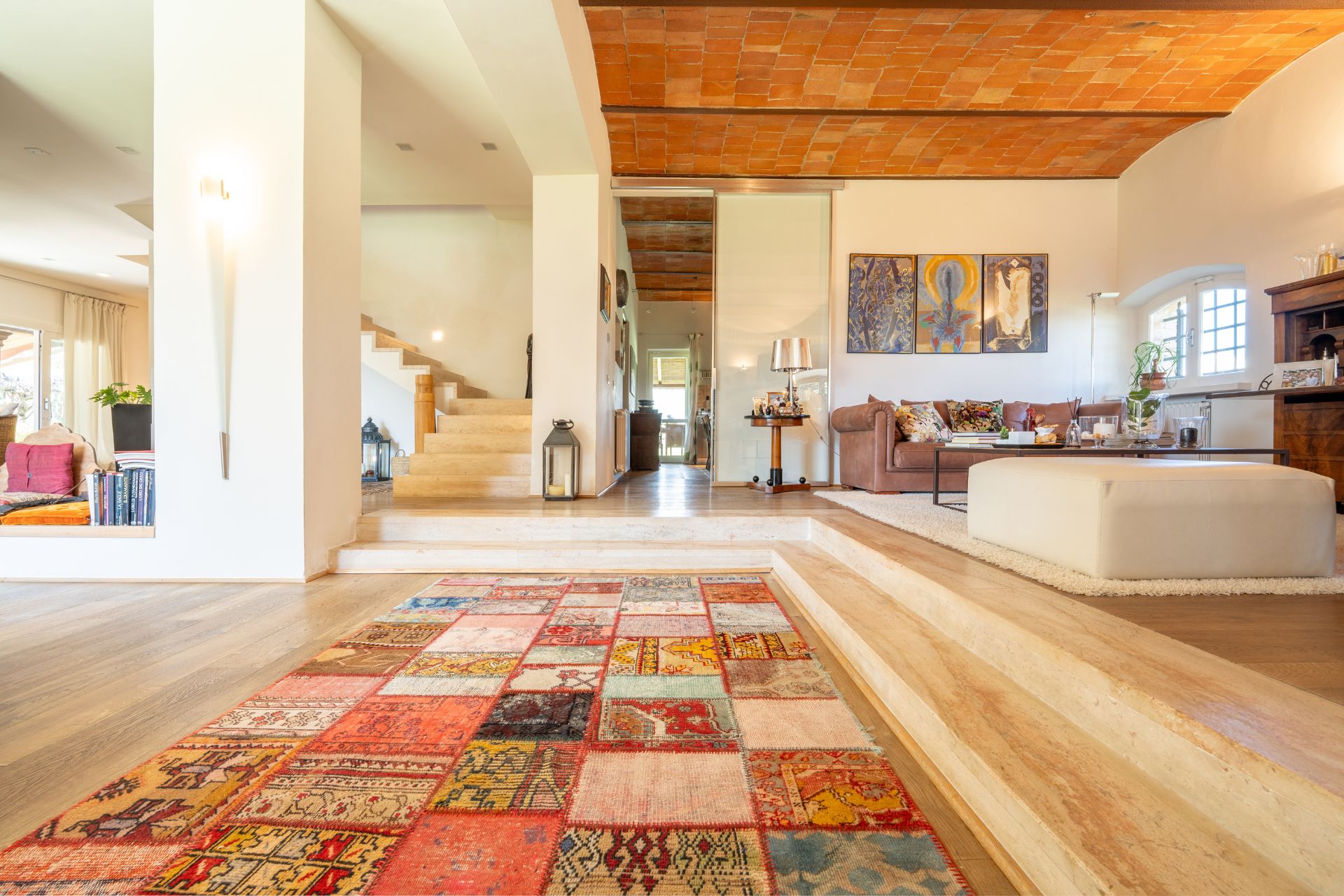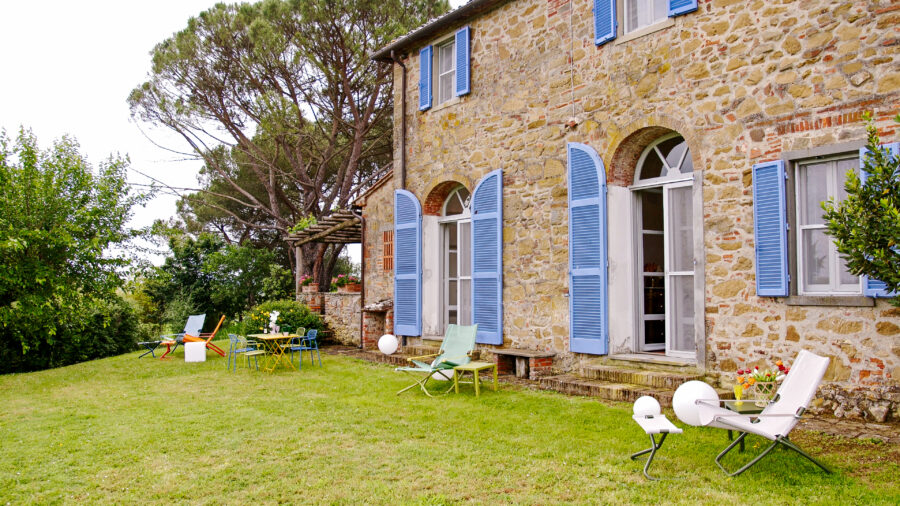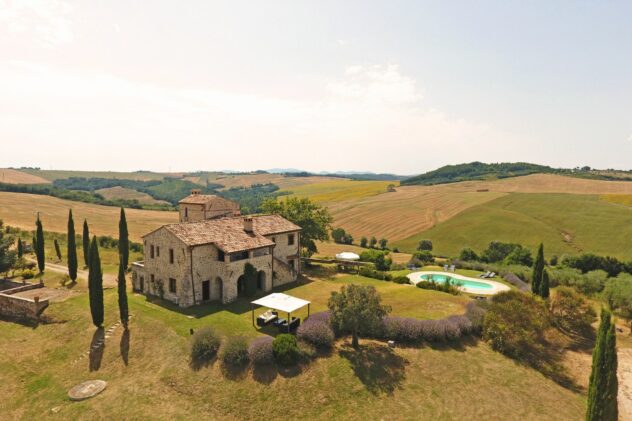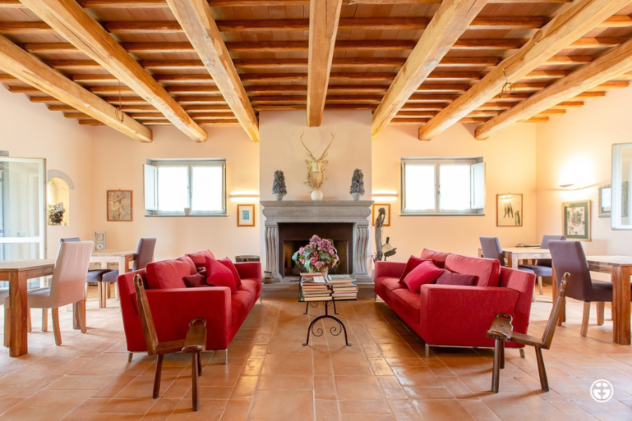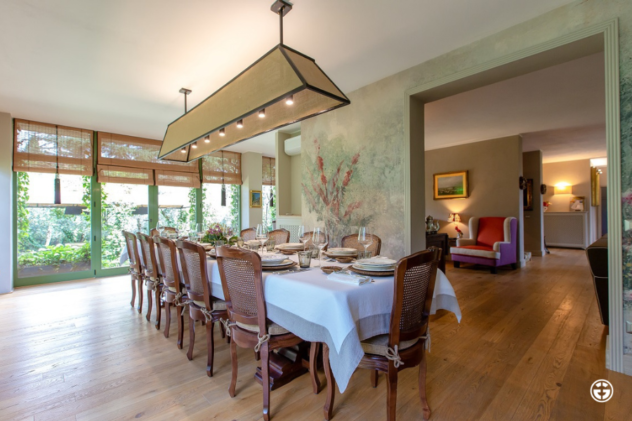Did you know that there is particular legislation regarding luxury properties? Discover with us which characteristics determine whether a property belongs to the luxury category and how Italian law applies on the matter.
You have finally found the home of your dreams: beautiful, elegant and spacious.
Discover through our guide, if it has the characteristics of a luxury property.
LEGISLATION
According to Italian law, when we talk about luxury properties, we are referring to a type of property that has very specific characteristics.
The first law aimed at defining luxury properties was the Ministerial Decree of August 2nd, 1969, according to which:
“individual real estate units whose total surface area exceeds 240 sqm are considered luxury and therefore, even if purchased as a first home, they are excluded from the relevant tax breaks…In the calculation, balconies, terraces, cellars, attics, stairs and parking spaces are not considered.”
The subsequent Legislative Decree 175/2014 in article 33, in novatively regulating the discipline of first home incentives for luxury properties, linked the exclusion of the latter exclusively to the circumstance that the property itself is registered in one of the cadastral categories A/1, A/8 and A/9.
THE JURISPRUDENCE OF THE CASSATION
The legislative innovation introduced by decree 175/2014 (year?) found solid confirmation in Ordinance no. 2414 of 2019 of the Tax Section of the Court of Cassation, pursuant to which:
“The exclusion of the first home subsidy for luxury properties, regulated in a novative way with article 33 of Legislative Decree 175/2014, is now no longer linked to the concrete typology of the property and its intrinsic qualitative and surface characteristics, but rather to the fact that the property is registered in the cadastral register indifferently in cadastral category A/1, A/8 and A/9.“
With the subsequent Ordinance no. 1538 of 25 January 2021 the Court of Cassation stated that:
“in order to establish whether a home is luxury, and as such excluded from said benefits, it is necessary to refer to the notion of total useful surface area referred to in the Ministerial Decree cit., for which given that only the usabilty and not the actual habitability of the rooms is relevant, said surface area must be determined by excluding from the global extension reported in the purchase deed subjected to the tax, that of balconies, terraces, cellars, attics, stairs and parking spaces (Cass., Section 5, Sentence n. 19186 of 17/07/2019; Cass., Section 6-5, Ordinance n. 8409 of 26/03/2019; Cass., Section 5, Ordinance n. 8421 of 31/03/2017).”
Therefore, the parameter that establishes whether a property is luxury or not is the usability requirement of the rooms, regardless of how much surface area is actually habitable.
CLASSIFICATION AND MAIN CHARACTERISTICS (source: catasto.it)
Belonging to the luxury category concerns properties registered in the cadastral categories A1 (elegant homes), A8 (villas) and A9 (castles and palaces of eminent historical-artistic value).
These are homes located in areas defined as luxury by urban planning instruments, in particular by the Municipality’s General Master Plan.
Even the square footage or volume of the property, the size of the garden or the presence of the swimming pool, tennis courts, other material goods and exclusive comforts contribute to defining a home as a luxury property.
In conclusion, here are some of the main characteristics that distinguish luxury homes in 2023:
- Volume greater than 2,000 sqm or with a buildings index of 0.25 cubic meters/sqm
- Surface areas exceeding 200 sqm (without considering balconies, terraces, cellars, attics, stairs and parking spaces)
- Total useful surface area exceeding 240 sqm
- Presence of swimming pool of at least 80 sqm
- Homes built in valuable areas (where the land is worth more than 1.5 times the construction cost)
- Particularly valuable construction materials, such as the presence of marble, granite, fine wood and natural stone finishes
TAX REGIME
As we have seen, both the legislator and the jurisprudence establish that a luxury home is excluded from the first home tax regime, a prerogative of Italian law aimed at facilitating the purchase of the first home of ownership with a more accessible tax regime.
In the case of purchasing a luxury property from a private individual or a company with VAT-exempt sales, the payment is expected:
- of the registration tax: equal to 9% of the cadastral value of the property;
- of the cadastral tax: equal to 50 euros;
- of the mortgage tax: equal to 50 euros.
In the case of purchase from a company with sales subject to VAT, the taxes (registration, cadastral and mortgage) are set at 200 euros, and the payment of a Vat rate is also required which, for a property falling into the luxury category, is equal to 22% of its total value.
As owners of a luxury property you are not entitled to the IMU relief (the municipal tax due for the ownership of buildings): today, you do not pay on your first home, unless it is a luxury home.
Finally, for those who enjoy a single property, used as a residential home and place of residence, the law establishes a ban on the foreclosure of the first home, a benefit which lapses if the property is classified as luxury.
BONUSES AND CONCESSIONS ON RENOVATIONS
Excellent news on the renovation front.
The Renovation bonus and the Furniture and Applicances bonus connected to it can also be obtained for luxury homes and prestigious residences (land registry offices A/1, A/8 and A/9).
For those who wish to carry out works aimed at energy requalification, ordinary maintenance (on the common parts of condominiums), extraordinary maintenance and conservative restoration, the Renovation bonus, confirmed until 31 December 2024, provides for an Irpef deduction of 50% on a maximum of 96,000 euros.
Whoever carries out these renovations can also request the Furniture bonus, i.e. the 50% tax break for expenses relating to the purchase of furniture and large appliances.
In addition to these two bonuses, those who own a luxury home can still take advantage of the Gardens bonus, i.e. the 36% deduction linked to interventions in green spaces up to the maximum spending of 5,000 euros, and the Ecobonus for energy efficiency, with a rate of 50% for fixtures, air conditioning systems and solar shading or with a rate of 65% for other types of interventions aimed at energy saving.
Great Synergy: the trusted network of companies and professionals to carry out your real estate projects
In addition to the real estate brokerage services offered by Great Estate, with Great Synergy you can get everything you may need to manage, income or customise your prestige property.

